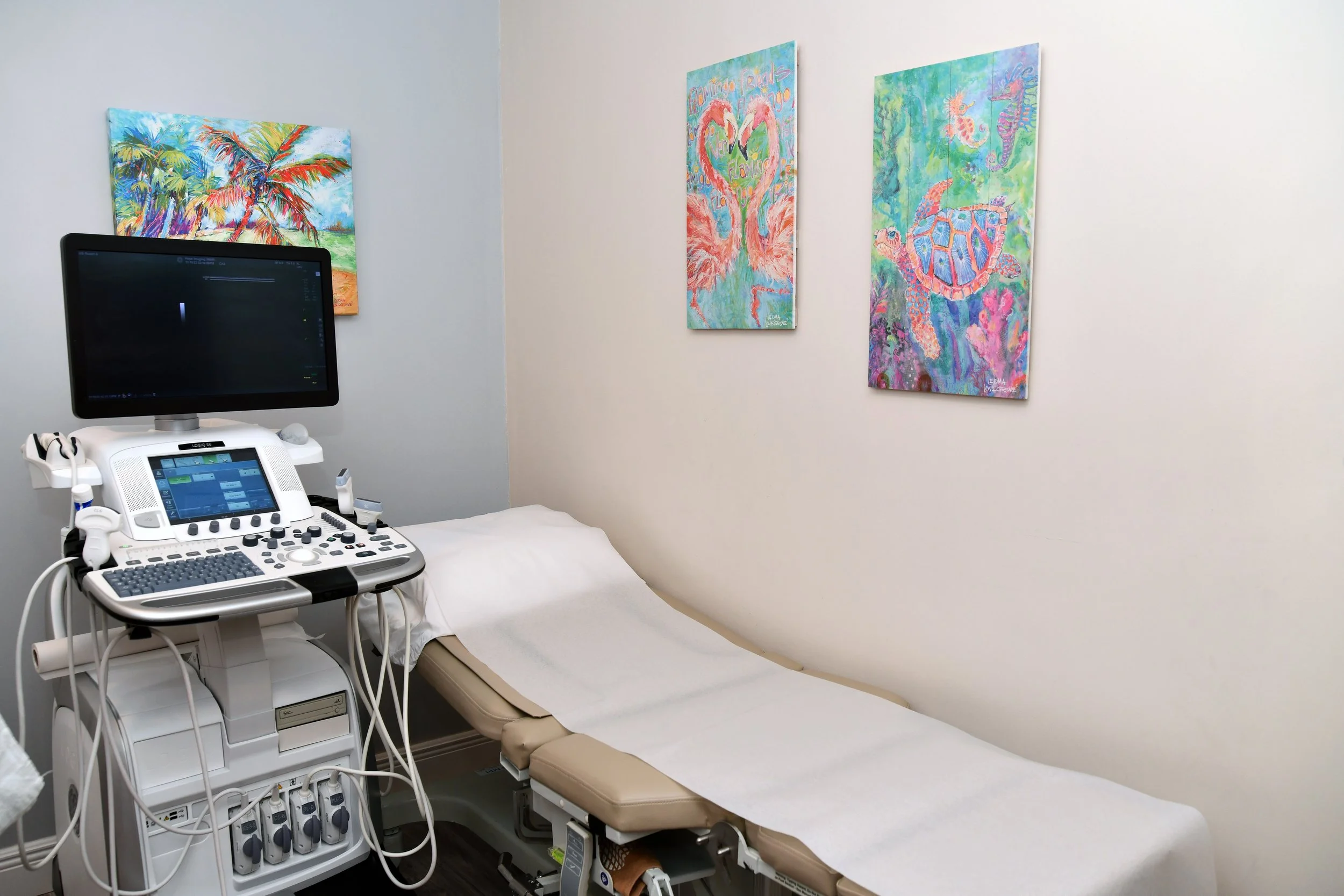Preparing For Your Imaging Appointment
When your primary care physician or specialist requests a diagnostic study requiring imaging, you will be given a written order—or it will be sent to the designated Hope Imaging facility where your procedure will take place. Please make sure you bring your physician’s orders, if applicable, as well as your insurance information, and any previous scans you may have had previously. Without the physician’s orders, you will not be able to complete the study.
There is little advanced preparation required before most imaging procedures. However, some imaging procedures may require you to do some preparation at home before you come in, or when you first reach the radiology facility. For example, abdominal studies frequently involve swallowing a liquid containing barium. Other studies require your bladder or bowel to be clear, so evacuation must begin several hours in advance. Your doctor will give you detailed instructions on how to prepare for your specific procedure. Make sure you complete these steps prior to appearing for your test, otherwise your procedure will be rescheduled.
Step into the future of healthcare with our immersive virtual tour of Hope Imaging’s state-of-the-art Women’s Center. Explore our advanced imaging technologies from the comfort of your home and see firsthand how we combine innovation with compassionate care.
Our virtual tour is designed to provide a comprehensive understanding of our facilities, making it easier for you to feel confident and informed about your imaging needs.
Ready to explore? Click below to begin your journey through Hope Imaging, where cutting-edge technology meets compassionate care.
Tour Our Facility
Frequently Asked Questions
-
The sounds that come from the MRI scanner are actually vibrations. An MRI machine consists of one large electromagnet, called the main magnet, and three smaller electromagnets called gradients. To make an image, current is rapidly applied to the gradient coils which cause them to interact with the main magnet with great force. This creates the “banging” sound commonly associated with the machine. At Hope Imaging, we provide ear plugs and/or headphones to patients during the exam. While these often don’t completely cancel out all the noise, they do help. Patients wearing headphones may listen to their choice of music during the scan.
-
Most scanners used in medical imaging have a main magnetic field strength of 1.5 Tesla, which is approximately 30,000 times the earth’s magnetic pull. This powerful magnetic field is always on – even when images are not being taken – and is attracted to certain metals. This means that the closer an external object gets to the center of the magnet, the stronger the pull. This pull can cause objects to move suddenly and potentially create a projectile that can cause injury to anyone close by. Metal in the body can also be affected by the magnetic pull unless it is anchored in bone and is nonferrous. For this reason, any type of metal, including shrapnel, bullets, and metal flecks from grinding, that could be embedded in your body, especially the eyes, needs to be evaluated.
-
The actual exam time depends on the type of test ordered. Some exams are as short as 20 minutes while others are close to an hour. Each scan takes between 2-5 minutes. Just like taking a picture with a camera, if the patient moves, the images will be blurry and the entire scan will have to be repeated, which means a longer exam time.
-
Our MRI staff and technologists are experienced caring healthcare professionals who answer any and all patient questions to help them relax and make it through the exam comfortably.



